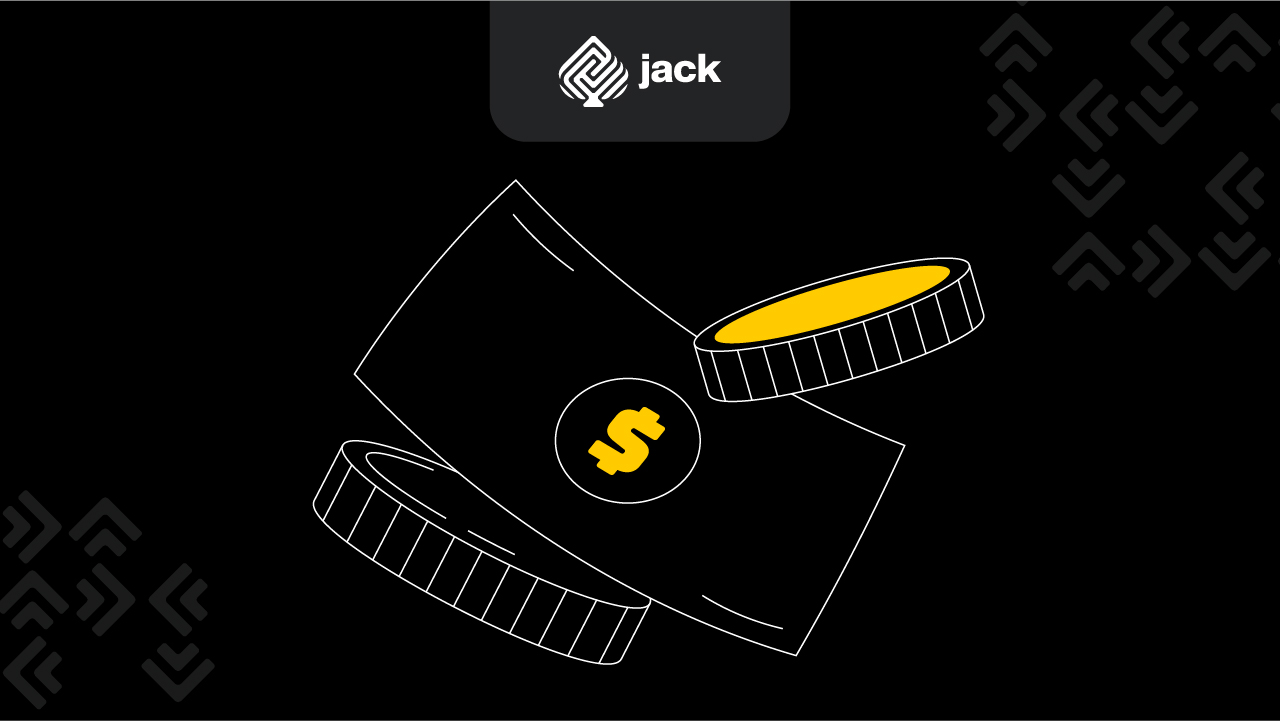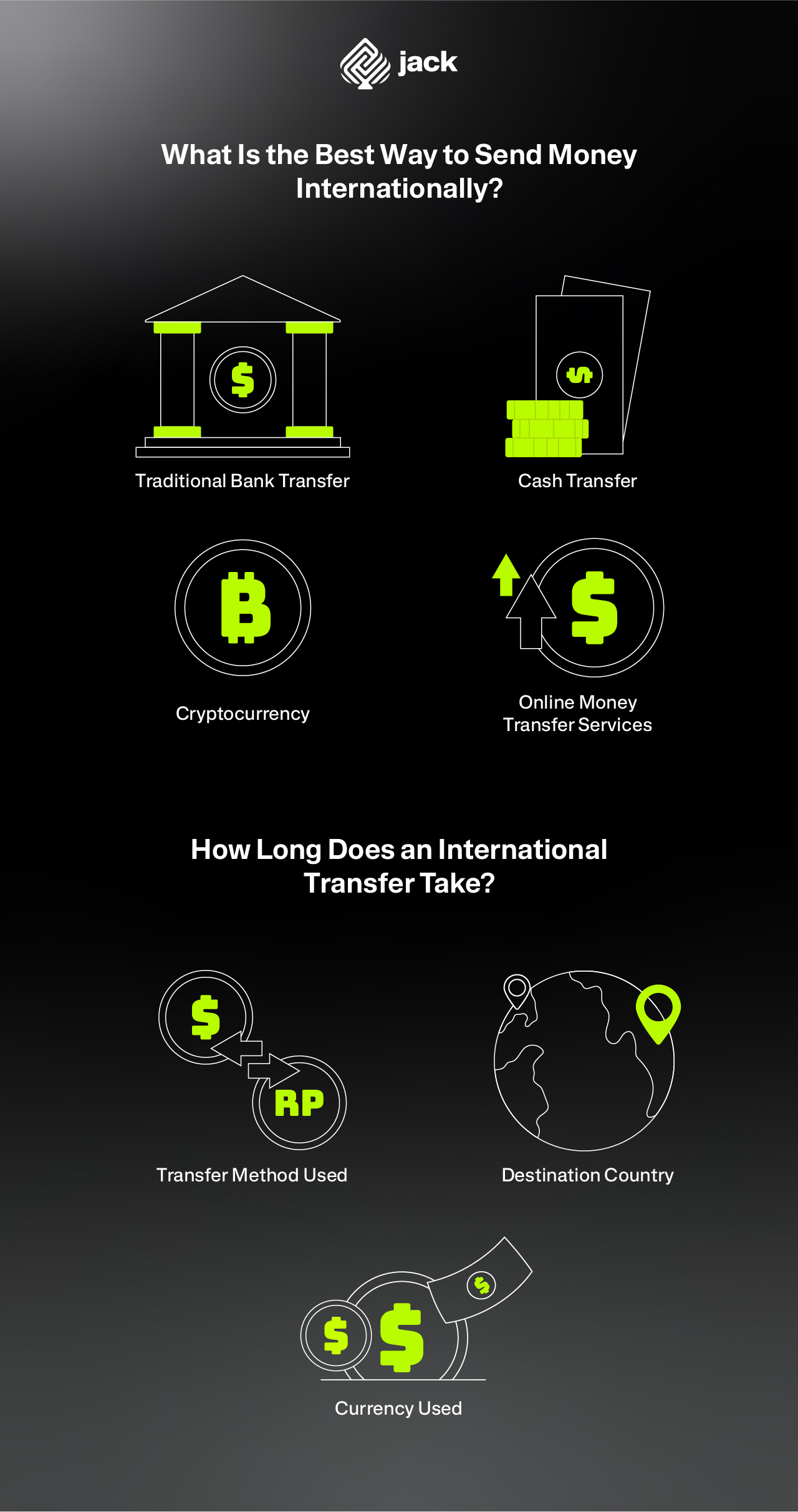Unlike now, in the early to mid-20th century, one had to visit a bank or financial institution to make an international transfer (commonly used money transfer). It was quite cumbersome and time-consuming, involving several verification and approval stages. Not to mention, the fees charged were quite expensive.
Have you ever experienced the hassle of transferring money abroad back then?
See Also: Easier, Automatic, and Real-Time Transactions with API Disbursement
If so, now you should be grateful because, with just a smartphone and a stable internet connection, you can transfer money both domestically and internationally without leaving your home. It’s much more convenient and affordable, isn’t it?
So, let’s leave behind the principle of “why choose the easy way when there’s a difficult one?” and enjoy the convenience of international money transfers by exploring the complete information about things to consider before making an international money transfer in this article.
Let’s dive in!
What is an International Transfer?

As the name suggests, an international money transfer is the process of sending money from one country to another through the banking system or financial institutions. Unlike domestic money transfers, this process involves sending money in different currencies, requiring security verification and legal procedures to ensure the safe delivery of funds to the recipient.
Why do people make international money transfers?
Certainly, each person has different purposes. It could be for international business needs, sending money to family members studying or working abroad, online shopping, and many more.

What is Remittance Transfer?
In international money transfers, you may have come across the term “remittance transfer.” So, what is a remittance transfer?
A remittance transfer is a service that allows you to send money across borders through banks or non-bank financial institutions. For example, it could involve a worker abroad sending money to a recipient in Indonesia (inward remittance) or sending money from Indonesia to a recipient overseas (outward remittance).
Typically, remittance transfers involve sending money in foreign currency through financial institutions, including banks and non-bank entities.
Regarding fees, there are two types of charges associated with remittance transfers: transaction fees and commission fees. Transaction fees are the charges for the money transfer service, and different service providers have varying rates. Commission fees, on the other hand, are costs that may arise from buying and selling foreign currency used in the transaction.
Remittance services greatly facilitate both sending and receiving money from within and outside the country. Furthermore, these services aim to boost the economy as international money transfers contribute to a country’s income. The larger the amount of remittance, the greater the potential for stimulating the economy.
However, remittance transfers also come with risks that you should be aware of, such as high fees and the risk of fraud. Therefore, both senders and recipients of remittance transfers need to carefully consider the fees involved and choose a trusted money transfer service to ensure the safe delivery of the funds.
What Is the Best Way to Send Money Internationally?
Most people would agree that the best way to send money internationally is through a process that is convenient, easy, and cost-effective.
Before discussing the best way to send money internationally, let’s explore the available options for international transfers:
1. Traditional Bank Transfer
This method, mentioned briefly at the beginning of the article, involves physically visiting a bank to make an international transfer. The sender fills out a transfer form with the recipient’s information and the amount of money to be sent. The bank then manually processes the transfer, which can take several business days for the funds to reach the recipient’s account. While considered safe and reliable, the lengthy and costly nature of this international transfer service has led many people to seek alternatives.
2. Cash Transfer
Cash transfers are often chosen when the recipient doesn’t have a bank account. This method allows for quick cash transfers to over 200 countries.
3. Cryptocurrency
Cryptocurrency can also be used to send money internationally, besides its investment purposes. However, this option is not recommended for those who are not familiar with cryptocurrency, as it carries certain risks. Additionally, the volatility of cryptocurrency prices should be considered before choosing it for international transfers.
4. Online Money Transfer Services
This is considered the best way for international transfers. The service fees charged are relatively lower compared to traditional bank transfers, and competitive exchange rates are offered for transfers to various countries. If you’re interested in trying this method, one money transfer app you can consider is Jack.
The app allows you to send money abroad with just one click, and the funds can be delivered within minutes. Moreover, the transaction fees remain the same regardless of the amount you send, and the transactions are securely monitored by Bank Indonesia.
Now, it’s your turn to try the best way to send money internationally!
How Long Does an International Transfer Take?
The duration of an international money transfer can be influenced by various factors. Here’s an explanation of some of these factors:
1. Transfer Method Used
As mentioned earlier, there are at least four ways to transfer money internationally: traditional bank transfer, cash transfer, cryptocurrency, and online money transfer.
Each transfer method requires a different amount of time for the money to reach the recipient. For example, traditional bank transfers usually take several days to a week, while online transfers can be sent within minutes.
Additionally, some international transfer methods offer different options for speed of delivery. Faster transfers generally incur higher service fees, while slower transfers tend to have more affordable fees.
2. Destination Country
The speed at which the transferred money reaches the recipient can also be influenced by the destination country. Each country has its own regulations and bureaucratic processes for international transfers, which can vary in complexity and efficiency.
3. Currency Used
The currency used is another factor that affects the duration of an international transfer. Some currency pairs may require longer processing times compared to others, resulting in variations in the transfer time.
How Do I Make a SWIFT Transfer?
When sending money abroad, you will need a unique code known as the SWIFT code. So, what is it?
The SWIFT code, or Society for Worldwide Interbank Financial Telecommunications, is an association that connects thousands of securities firms and corporate customers in over 200 countries worldwide.
The purpose of the SWIFT code is to ensure the security of online financial transactions, particularly for interbank and international transfers. Additionally, the SWIFT code aims to reduce operational risks, establish standards, and minimize transaction costs.
Now, how can you find out the SWIFT code of a bank?
The SWIFT code is a bank code composed of 8-11 digits, which can include a combination of capital letters and numbers. It indicates the Bank Code (AAAA), Country Code (BB), Location Code (CC), and the specific Office Code (123).
Together, these codes form a combination like AAAABBCC123, which serves as the SWIFT code for international money transfers. To illustrate, let’s take the example of the SWIFT code for Bank Central Asia (BCA) branch in Jakarta.
The bank code for BCA is CENA, the country code for Indonesia is ID, and the location code for the main office in Jakarta is JA. The last three digits can be filled with a branch code specific to the Jakarta area, resulting in the SWIFT code CENAIDJAXXX.
To check the SWIFT code you need, you can refer to the following link (provide the relevant link).
What Is the Difference Between Bank Transfer and International Bank Transfer?
Although both types of transfers involve sending money, there are differences between domestic bank transfers and international bank transfers.
The first difference lies in the destination and the currency used. Domestic bank transfers typically refer to transfers between two bank accounts within the same country, while international bank transfers involve transfers between bank accounts in different countries.
Another difference relates to the use of SWIFT codes, as mentioned earlier. When conducting a domestic bank transfer to a different account within the same country, you usually need to input the recipient bank’s code. However, for international bank transfers, the unique code, either SWIFT code or IBAN, must be formed as explained in the previous point.
Can Banks Transfer Money Without SWIFT?
SWIFT code is the most commonly used unique code for international money transfers. This means that besides the SWIFT code, there are some alternative systems that can be used when conducting international transfers. Some examples include SEPA, which is used for euro transfers within Europe, and CHIPS, which is used for dollar transfers in the United States.
However, if a bank doesn’t use the SWIFT code, they would have to use an alternative system or collaborate with another bank that does use the SWIFT code for international transfers.
Do You Need IBAN or SWIFT for International Transfer?
Before we delve into the discussion, it’s good for you to know what IBAN and SWIFT are. IBAN (International Bank Account Number) is a unique code used to identify bank account numbers in a specific country.
On the other hand, SWIFT, as we discussed earlier, is used by banks to send and receive financial messages and conduct international money transfers.
From the above definitions, it can be concluded that IBAN and SWIFT play important roles in international transfers. Therefore, if you want to make an international transfer, you are usually required to provide the recipient’s IBAN or SWIFT code to your bank so that the money transfer can be successfully processed.
However, it’s important to note that not all countries use IBAN, and some banks may use alternative systems for international transfers. Therefore, before making an international transfer, make sure you have confirmed the necessary information with your bank regarding the specific requirements for international transfers.
Do All Bank Accounts Have a SWIFT Code?
SWIFT codes are typically used by large banks or banks that have a significant volume of international transactions.
Is your bank account included in the above category? To find the answer, you can directly contact the relevant bank or search for the information online through the bank’s website.
What Is the Difference Between Payment and Remittance?
“If I want to make a payment for purchasing goods from China, can I use the methods mentioned above?”
This question might also arise in your mind, considering the increasing international trade. Although similar in terms of meaning and context of use, payment and money transfer have different meanings.
Payment refers to the process of releasing a sum of money to purchase goods or services. For example, if you buy clothes from a seller in China.
On the other hand, money transfer refers to the process of sending a sum of money to a recipient, whether they are located domestically or internationally, for various purposes.
From the definitions alone, you can already infer the difference between the two, right?
Use Jack for Your Business Needs
We have reached the end of the article on international transfers. Hopefully, the information above is helpful to you!






